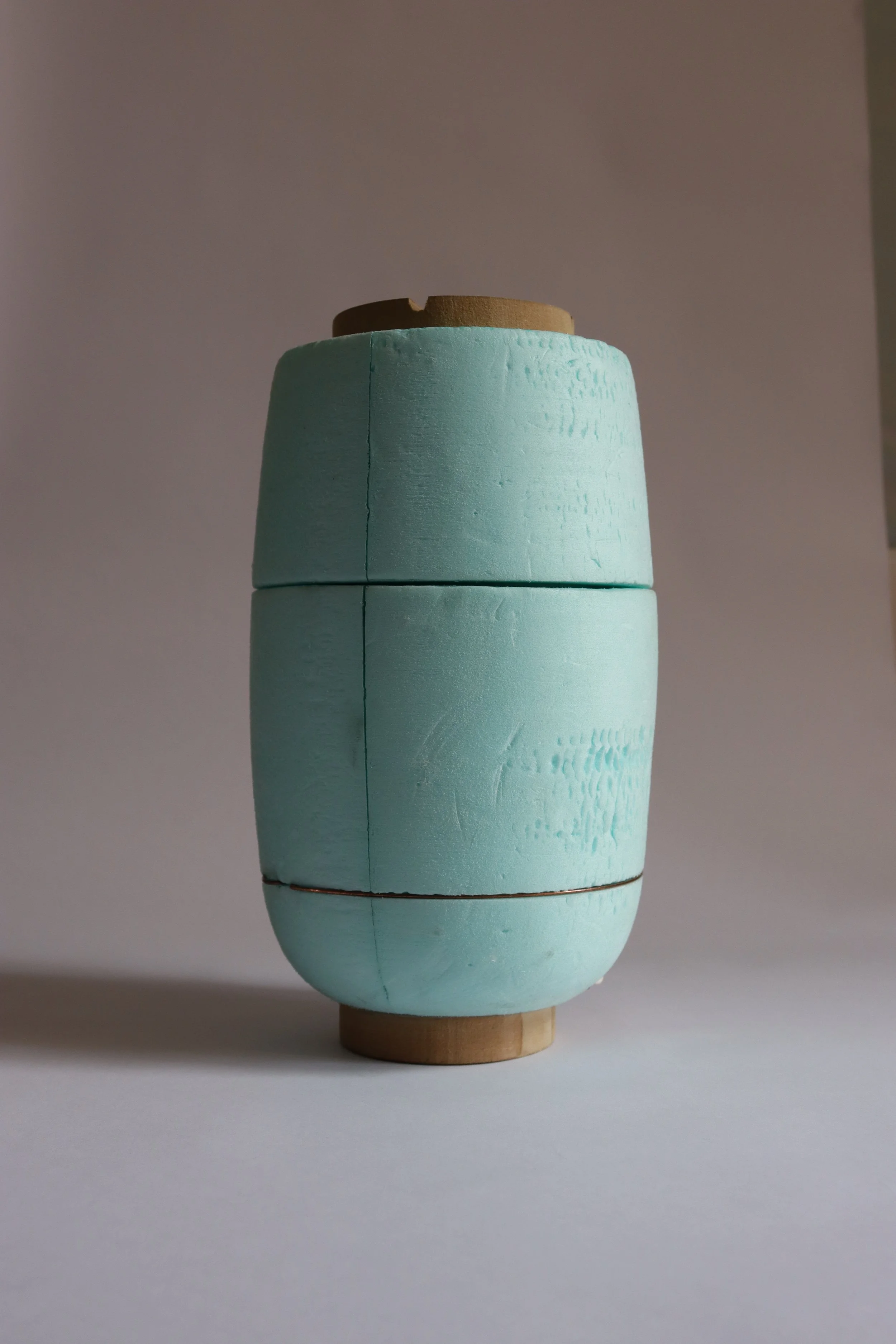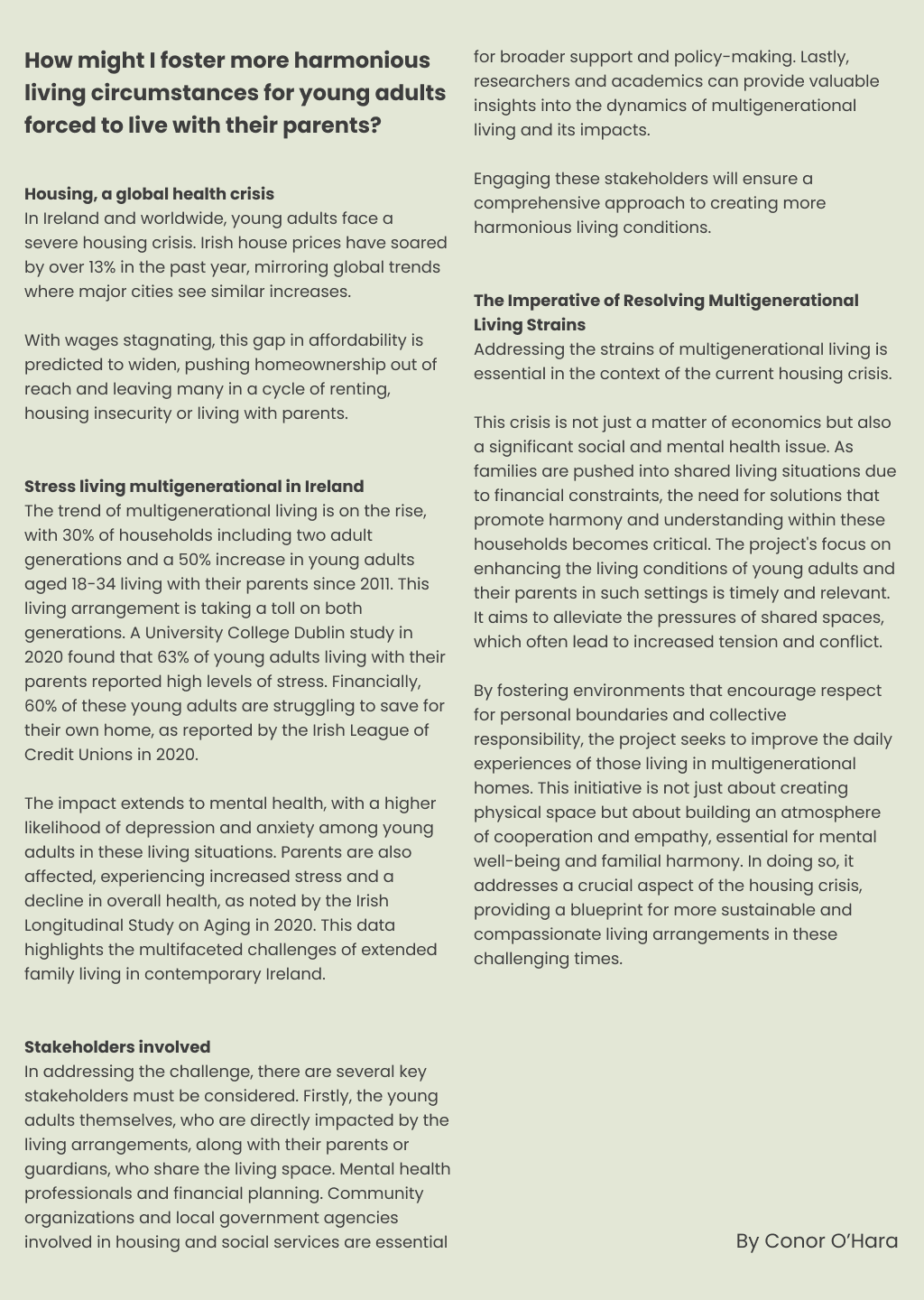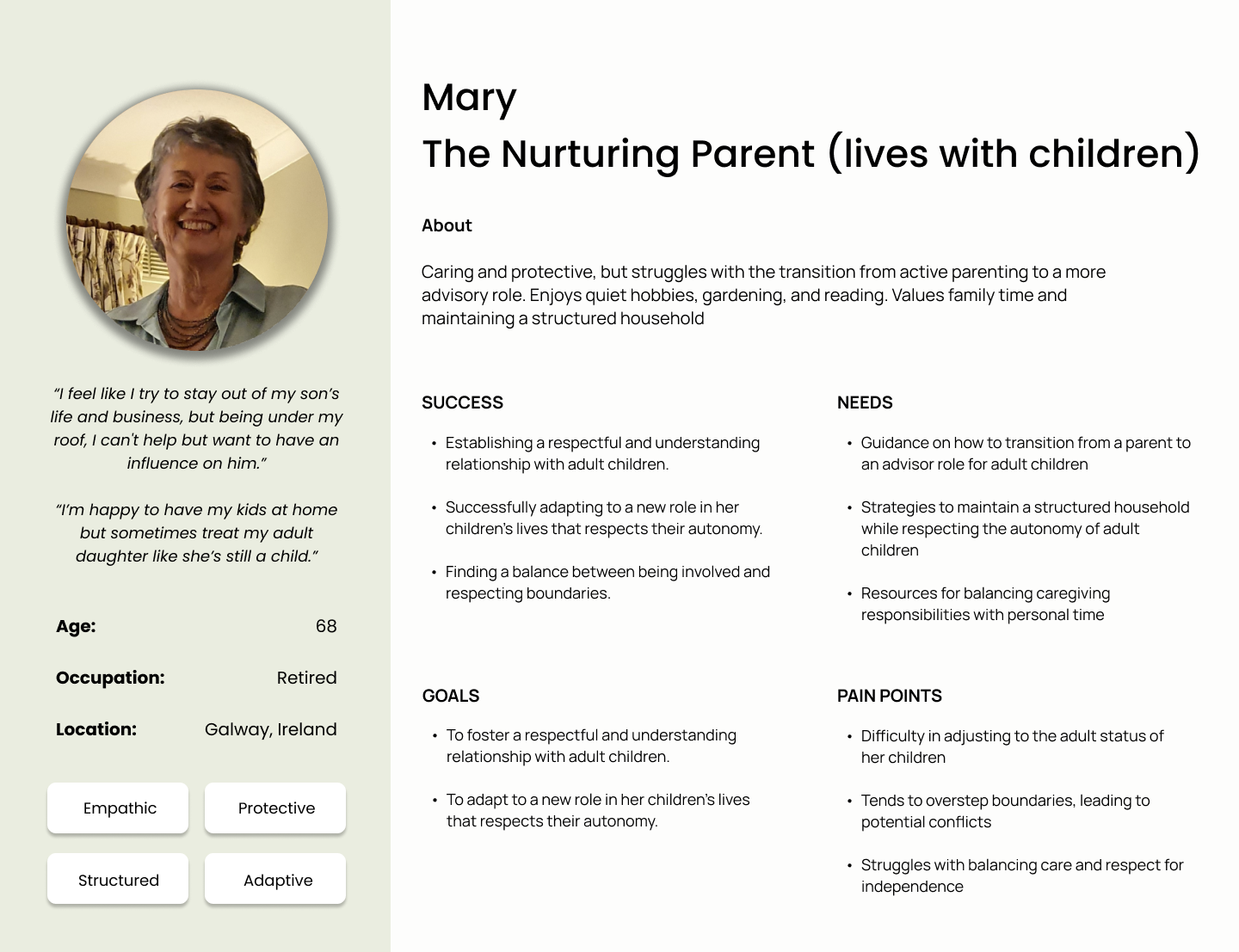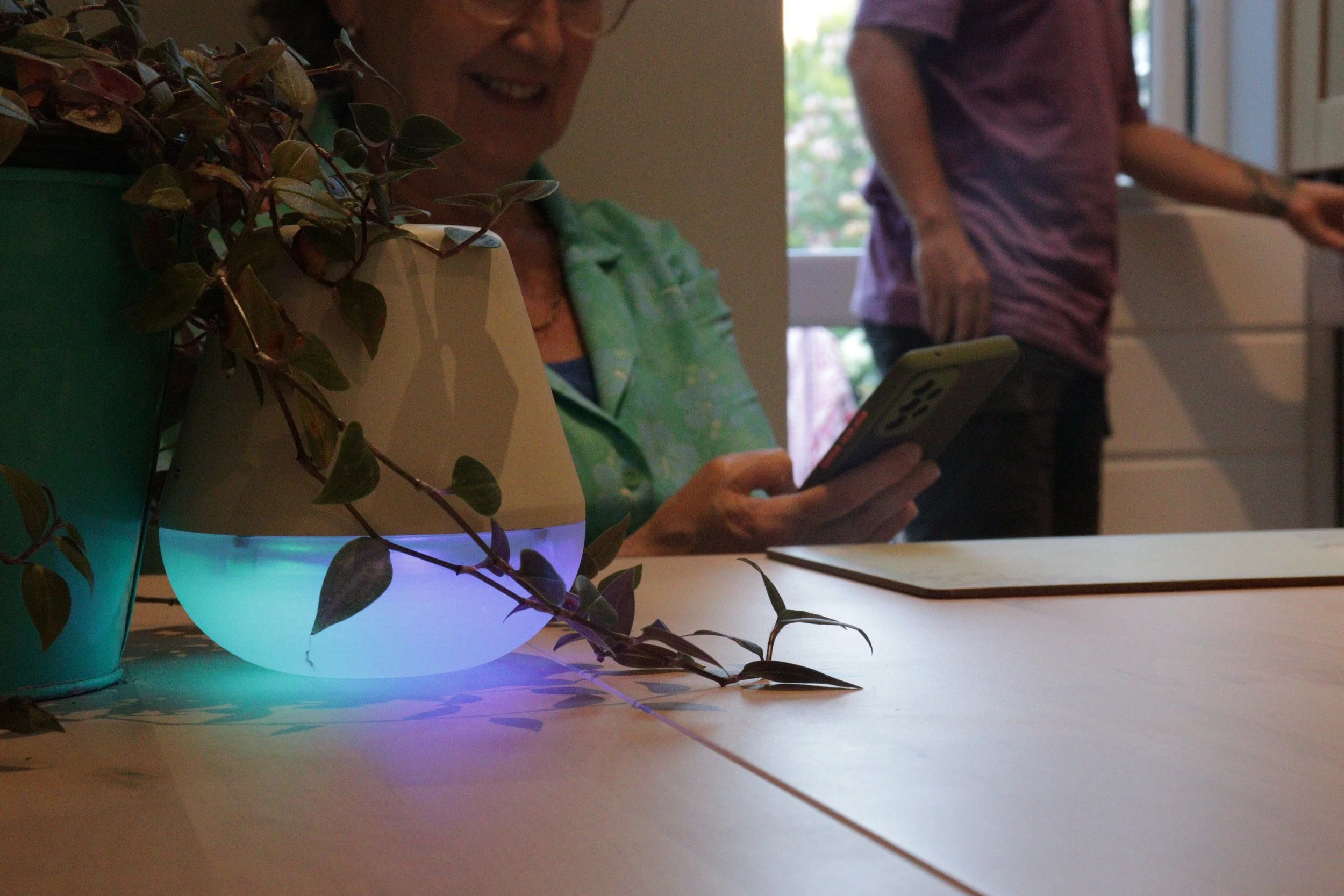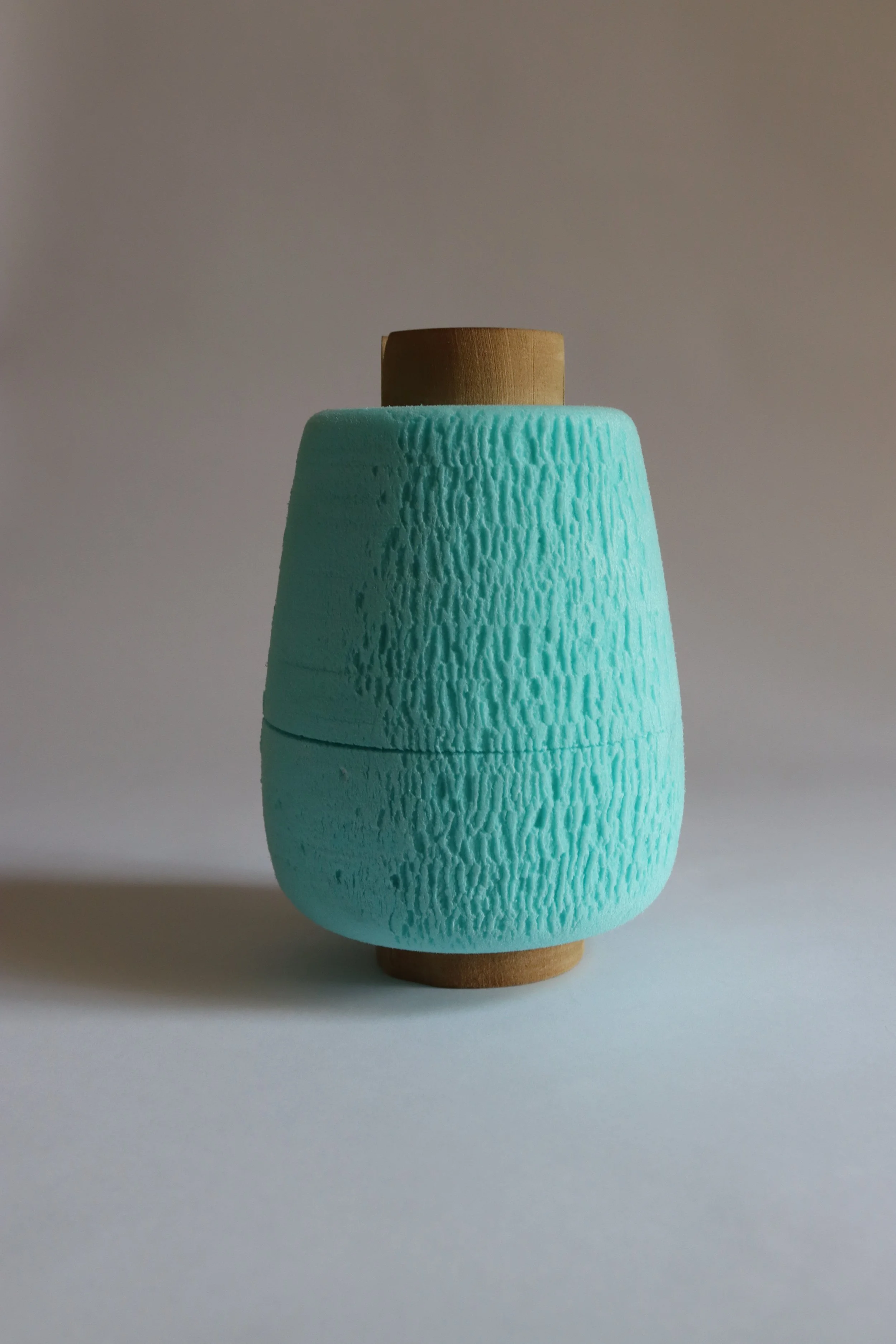Homie
Homie is a mobile app and hub designed primarily for young adults and their parents who are living together during the housing crisis. However, it can also be used by any individuals who are living together and seeking to foster healthy communication, promote independence, and create a harmonious living environment.
The project aims to address the challenges of limited freedom, personal space and privacy, as well as the resurfacing of old parenting and childhood roles. Homie provides a platform that encourages independence and responsibility, improves family dynamics, and supports mental health. The app is created with user-centred design principles in mind and is easy to use for almost all generations.
By simplifying complex problems and providing an intuitive solution, Homie can empower users, promote accountability and teamwork, and lead to more harmonious living situations.
National College of Art and Design, Dublin
5 month case study
Personal project
Click the button below to view the Homie Design Rationale to get an in depth view on my design process.
Writing my brief
As part of my college project, one of the key tasks was to write my own brief. This brief focused on addressing the problem of young adults and parents living together in the context of the housing crisis. This a growing concern in many parts of the world. As the cost of living continues to rise, it has become increasingly difficult for young adults to move out of their family homes and find affordable housing. This has led to a rise in the number of young adults living with their parents well into their 20s and even 30s. While this living arrangement can be beneficial in many ways, it also comes with its own set of challenges. At the initial stage of this project, I aim to explore the challenges faced by young adults and parents living together, the impact of these challenges on their daily lives, and why it is important to address this issue.
User Research
In my research on multigenerational living, I conducted a series of interviews, split evenly between young adults and their parents, to understand the daily dynamics and challenges of their shared living experiences. Additionally, insights from experts in architectural design, psychology, housing policy, and human rights provided a broader understanding of the physical, psychological, and socio-economic impacts of these living arrangements. This diverse range of perspectives helped me gain a comprehensive view of the complexities and nuances of multigenerational living.
Interviews
Understand the unique challenges and preferences of young adults in shared living environments.
Gain a deeper understanding of parental concerns, expectations, and dynamics in intergenerational homes.
Tap into experts' knowledge to grasp broader economic and cultural contexts influencing intergenerational living.
Key Research Findings
Participants of different ages face clashes due to varied schedules, affecting overall household mood. Recognizing this, there's a potential need for a tool to address conflicts by offering real-time insights into members' moods, fostering awareness of individual preferences.
Communication Gaps and Task Tensions:
Participants identify communication gaps and tensions related to household tasks. This highlights the potential for a solution in the design process to bridge these gaps, encouraging users to update and complete shared tasks, promoting a sense of accomplishment and teamwork.
Strained Parent-Child Dynamics:
Participants across generations reveal strained parent-child relationships, with challenges transitioning from parental roles to equal housemates. This underscores the need for a tool in the design process, facilitating open communication and allowing adults to express preferences, boundaries, and concerns.
Intergenerational Impact on Relationships:
Older participants struggle to balance parenting roles and adult children's independence, affecting relationships. This suggests the necessity, in the design process, for a solution that facilitates discussions on expectations and boundaries, fostering healthier intergenerational relationships within the shared living space.
Expert Insights on Economic and Cultural Impact:
Experts highlight the significant economic and emotional impact on both young adults and parents. These insights underscore the need, in the design process, for features that address emotional challenges, providing a platform for open communication about goals, aspirations, and shared responsibilities. Additionally, historical perspectives emphasize the relevance of harmonious coexistence, aligning with traditional values of shared living in modern times.
User Personas
Gathering Data
I asked a family where young adults are living with their older parents to participate in recording their day to day routine with a particular focus on how they interact with eachother. In this table, I aimed to understand the dynamics of a family’s daily schedules and the recorded feelings of each participant. The participants include Marion, John Joe, Niamh, and Claire, each with their own unique schedules and experiences.
Solution
Homie is a subtle yet impactful solution crafted to elevate the dynamics within shared living spaces. The centerpiece, a discreet hub, subtly changes colors to reflect anonymised mood indicators of household members. Complemented by a companion app encouraging collaborative task management, Homie addresses schedule conflicts, communication gaps, and strained relationships. This intentional subtlety creates a harmonious living environment, enhancing the well-being of both young adults and parents in intergenerational homes.


